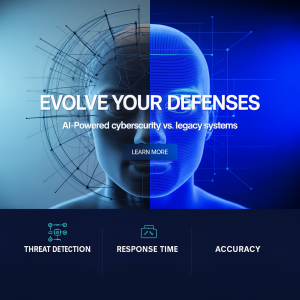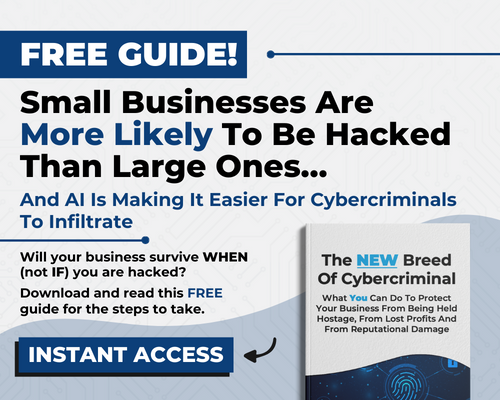 Real-Time Anomaly Detection
Real-Time Anomaly Detection
AI doesn’t wait for patterns—it learns behaviors. By establishing a baseline of normal network activity, AI systems can instantly flag anomalies that may signal a breach.
✅ Example: A CPA firm’s AI platform identifies an irregular access attempt at 3 AM from an overseas IP—an alert is triggered before any data is compromised.
- Predictive Threat Modeling
AI uses machine learning to predict future vulnerabilities based on current behavior. This is invaluable in construction and finance sectors where compliance frameworks are in constant flux.
🛠️ Construction companies often deal with third-party vendors. AI can pre-screen those vendors' access behavior and flag risks before integration.
- Automated Incident Response
Gone are the days of waiting for IT to triage tickets. AI-driven platforms can:
- Quarantine affected systems
- Block malicious IP addresses
- Trigger alerts across the organization
This automation drastically reduces Mean Time to Resolution (MTTR)—a crucial factor for healthcare and legal firms dealing with strict regulatory timelines.
AI in Action: Industry Use Cases
⚖️ Legal (Attorneys & Law Firms)
AI prevents data breaches involving client information, court documents, and sensitive communication by:
- Monitoring privileged-access logs
- Detecting phishing targeting legal staff
- Ensuring compliance with ABA cybersecurity guidelines
🏥 Healthcare
From ransomware to IoT vulnerabilities in medical devices, AI defends:
- EHR systems
- Connected imaging equipment
- Insurance and billing platforms
📉 According to the HIPAA Journal, healthcare breaches cost the industry over $10 billion in 2023 alone.
💼 Finance & CPAs
AI is a watchdog for:
- Wire fraud attempts
- Financial reporting integrity
- Insider trading indicators
🏗️ Construction
While not traditionally a tech-heavy sector, construction faces growing cyber risks through:
- Project bidding platforms
- Smart building systems
- Digital blueprint storage
AI offers defense via risk scoring, access verification, and behavior modeling—even across job sites.
The Competitive Edge: Why CEOs and Associates Should Care
The C-suite no longer views cybersecurity as just an IT issue—it’s a business continuity imperative. AI isn’t just about prevention; it’s a strategic advantage:
- Faster decision-making with intelligent dashboards
- Lower operational costs through automation
- Better compliance across HIPAA, GLBA, SOX, PCI-DSS, and more
- Enhanced trust from clients, patients, and investors
📈 A Capgemini report found that 69% of organizations believe AI will be necessary to respond to cyberattacks over the next few years.
How to Get Started with AI-Driven Cybersecurity
Ready to future-proof your organization? Here’s a quick-start guide:
- Assess Your Current Infrastructure
Run a comprehensive cybersecurity audit. - Evaluate AI Vendors
Look for firms that specialize in your vertical (legal, finance, healthcare, etc.) - Pilot Smart Detection Tools
Test anomaly detection and predictive AI in a low-risk environment. - Invest in Staff Training
Even the best tools need human oversight—equip your team with AI literacy.
Conclusion: Adapt or Risk Obsolescence
In a digital-first world, AI is not a luxury—it’s a necessity. Traditional threat detection tools have served their time, but to survive and thrive today, your organization must outpace the threats it faces.
From law firms securing client case files to hospitals protecting patient records, AI empowers industries to stay one step ahead.
Stay protected. Stay prepared. Let AI do the heavy lifting—so you can focus on what matters most.




